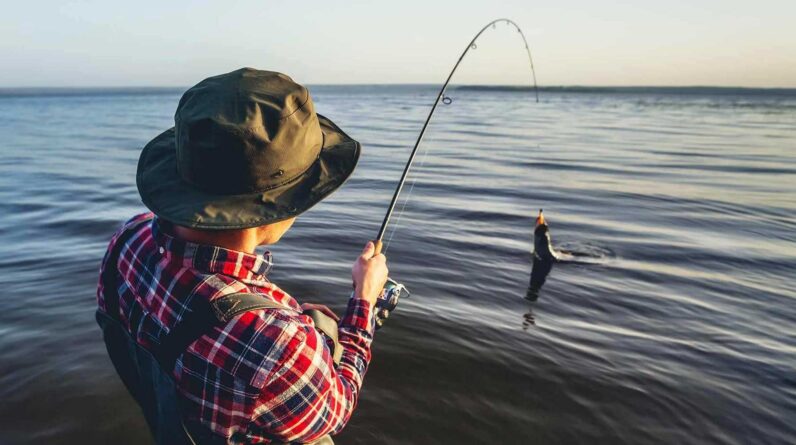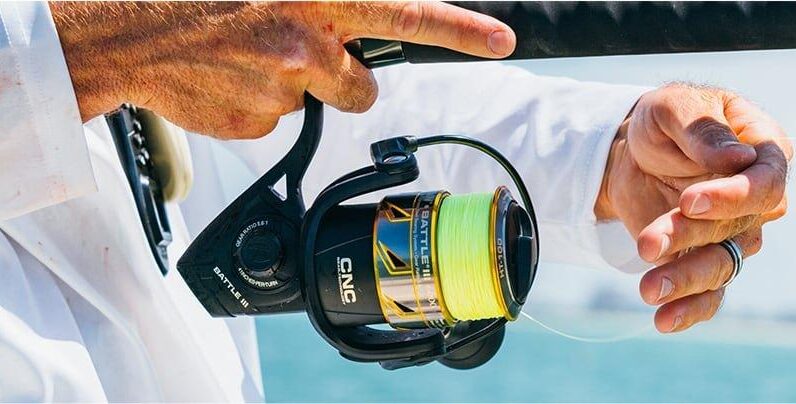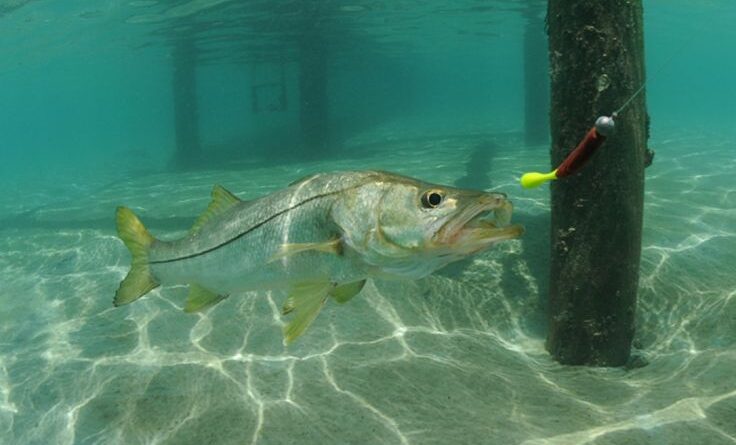Introduction
Fishing is an art, and like any craft, it requires the right tools. One crucial element in a fisherman’s toolkit is the choice of fishing lure. These artificial baits come in various shapes, sizes, and designs, each designed to attract a specific type of fish in different conditions. In this comprehensive guide, we’ll delve into the world of fishing lures, exploring the various types and understanding the science behind their effectiveness.
The Basics: What is a Fishing Lure?

Before we dive into the specifics, let’s establish a foundation. A fishing lure is a type of artificial bait designed to mimic the appearance and movement of prey, enticing fish to strike. Lures are crafted with materials that imitate the color, texture, and behavior of natural prey, fooling fish into thinking they’ve found a tasty meal.
Different Types of Fishing Lures
1. Spinnerbaits
Spinnerbaits are versatile lures characterized by one or more spinning blades that create vibrations and flashes underwater. This mimics the movement of a wounded or fleeing baitfish, attracting predatory fish. They are particularly effective in murky water where visibility is low.
2. Crankbaits
Crankbaits are designed to dive and move underwater, imitating the erratic movements of injured fish. They come in various shapes and sizes, each suitable for different depths of water. Crankbaits are excellent for covering large areas and are especially effective for targeting bass and walleye.
3. Soft Plastics
Soft plastics include a wide range of lures such as worms, grubs, and creature baits. These lures have a lifelike feel that convinces fish to hold on longer during the strike. Soft plastics are incredibly versatile and can be used with various rigging techniques, making them a favorite among anglers targeting a variety of species.
4. Topwater Lures
Topwater lures are designed to stay on the water’s surface, creating enticing movements that attract fish from below. They are particularly effective in low-light conditions or when fish are feeding near the water’s surface. Topwater lures come in the form of frogs, poppers, and buzzbaits, among others.
5. Jigs
Jigs consist of a lead head with a hook molded into it, often adorned with a soft plastic or hair skirt. They are highly effective for enticing fish from the bottom, mimicking the movement of crawfish or other bottom-dwelling prey. Jigs are a favorite among anglers targeting bass in both freshwater and saltwater environments.
6. Spoons
Spoons are metal lures that flutter and wobble as they move through the water, imitating the erratic movement of injured baitfish. They are excellent for targeting species like salmon and trout and are effective in both freshwater and saltwater.
Choosing the Right Lure
Selecting the right fishing lure involves considering various factors, including the type of fish you’re targeting, water conditions, and the time of day. Experimenting with different lures and observing their performance in different situations will help you develop a better understanding of what works best in specific scenarios.
Frequently Asked Questions (FAQs)
What are the best types of fishing lures for beginners?
Embarking on your angling journey? Start with versatile options like soft plastic baits, spinnerbaits, and crankbaits. These lures are forgiving to beginners and guarantee an exciting learning experience.
How do I choose the right lure for different fishing conditions?
Consider the water clarity, weather, and the type of fish you’re targeting. In murky waters, opt for lures with vibration and sound, while in clear conditions, go for realistic, natural-looking lures.
Can I use the same lure for different fish species?
While some lures are versatile and attract various species, it’s advisable to tailor your choice based on the specific habits and preferences of the target fish. Researching the habits of your desired catch goes a long way.
Are expensive lures worth the investment?
Quality often comes at a price, but expensive lures typically offer
In Conclusion
In the diverse world of fishing, choosing the right lure is an essential skill that can make the difference between a successful day on the water and a disappointing one. Understanding the characteristics and applications of different types of fishing lures empowers anglers to adapt to changing conditions and increase their chances of a rewarding catch.
Remember, the key to successful fishing is not just the gear but also knowledge and experience. So, the next time you head out to your favorite fishing spot, equip yourself with the right lure, and let the games begin!







9 Comments
Comments are closed.